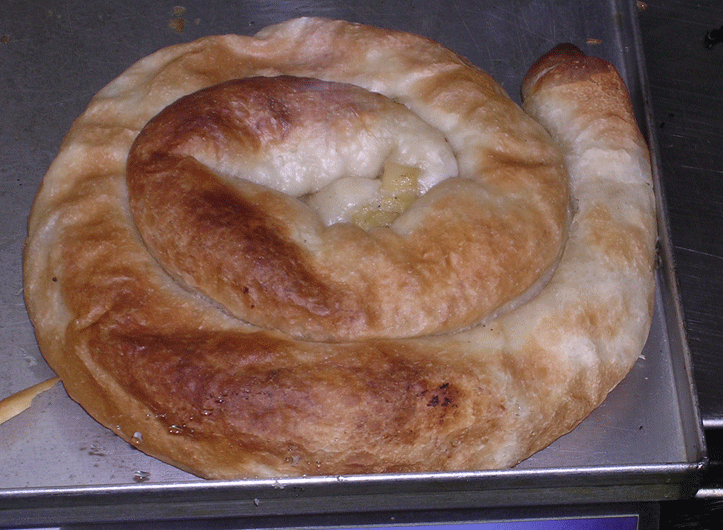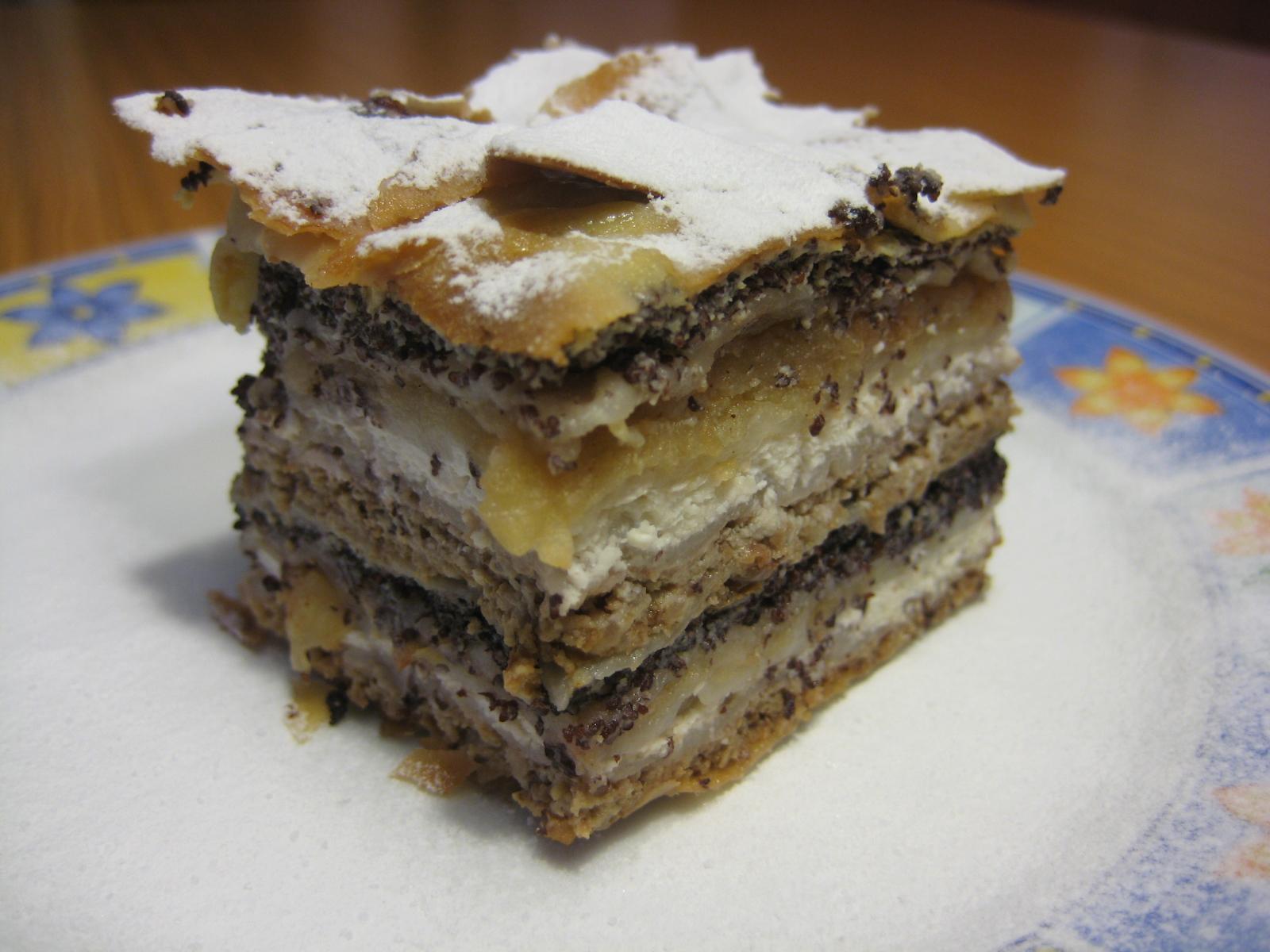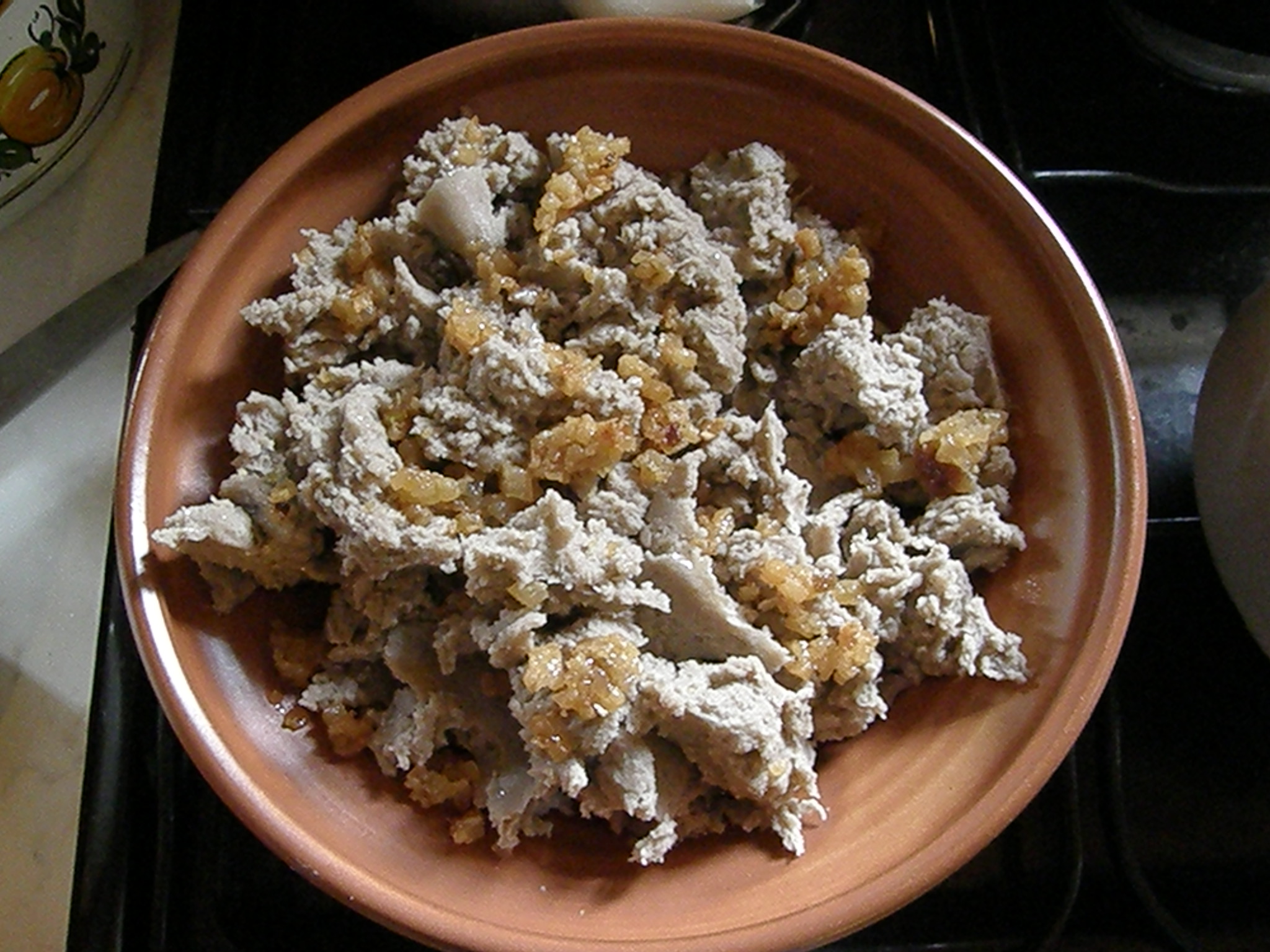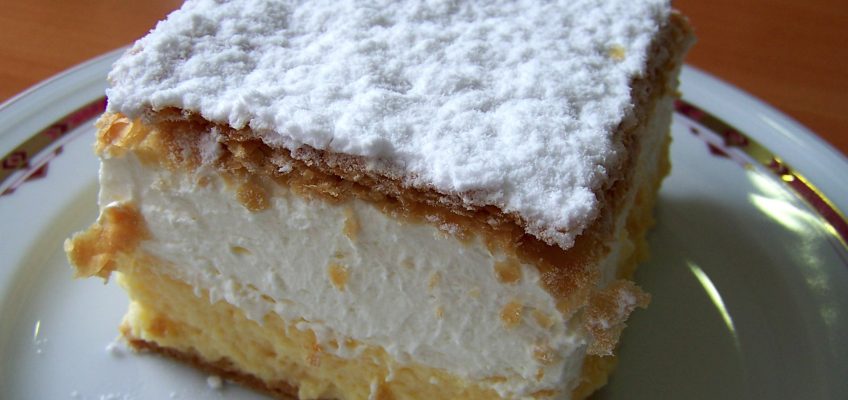Just as two years ago I struggled for the right term to describe Denmark, Sweden, Estonia, Finland, and Iceland (I settled on “Nordic,” but that wasn’t really right), there isn’t a good term that describes the places I’m visiting on this trip. I use “Balkan” reluctantly, and I acknowledge that it’s not technically accurate, but it’s better than saying “former Yugoslavian” or “eastern Adriatic.” Usually when I’m telling people where I’m going, I just list the countries I’m visiting. But “The Foods of Croatia, Slovenia, Bosnia & Herzegovina, and Montenegro” just doesn’t cut it as a title for a blog post.
A lot of people have asked me about the food in the Balkans. I usually answer with a bit of history and a bit of geography. These places are ethnically Slavic, but because they were parts of various empires (Venetian, Ottoman, Austrian), the cuisine is diverse. Pizza and pasta are common, as are Turkish and Germanic foods. In coastal areas, seafood is typical. Elsewhere are pasture, hills, and mountains good for grazing, so beef and lamb. There are wine-growing regions and other areas good for cultivation. And Istria is famous for truffles, but truffle season is in fall and early winter, so if I get any, they’ll be in jars.
There’s just not one good answer to the question “What’s the food like?” But here are some of the foods I’m looking forward to eating in Croatia, Slovenia, Bosnia & Herzegovina, and Montenegro:





And of course there’s Bled’s famous kremna rezina (cream cake) that I mentioned previously.
Now I’m hungry.
Featured image of Bled Cream Cake by UkPaolo (Photograph taken by myself, UkPaolo.) [GFDL, CC-BY-SA‑3.0 or CC BY-SA 2.5], via Wikimedia Commons


Leave a Reply